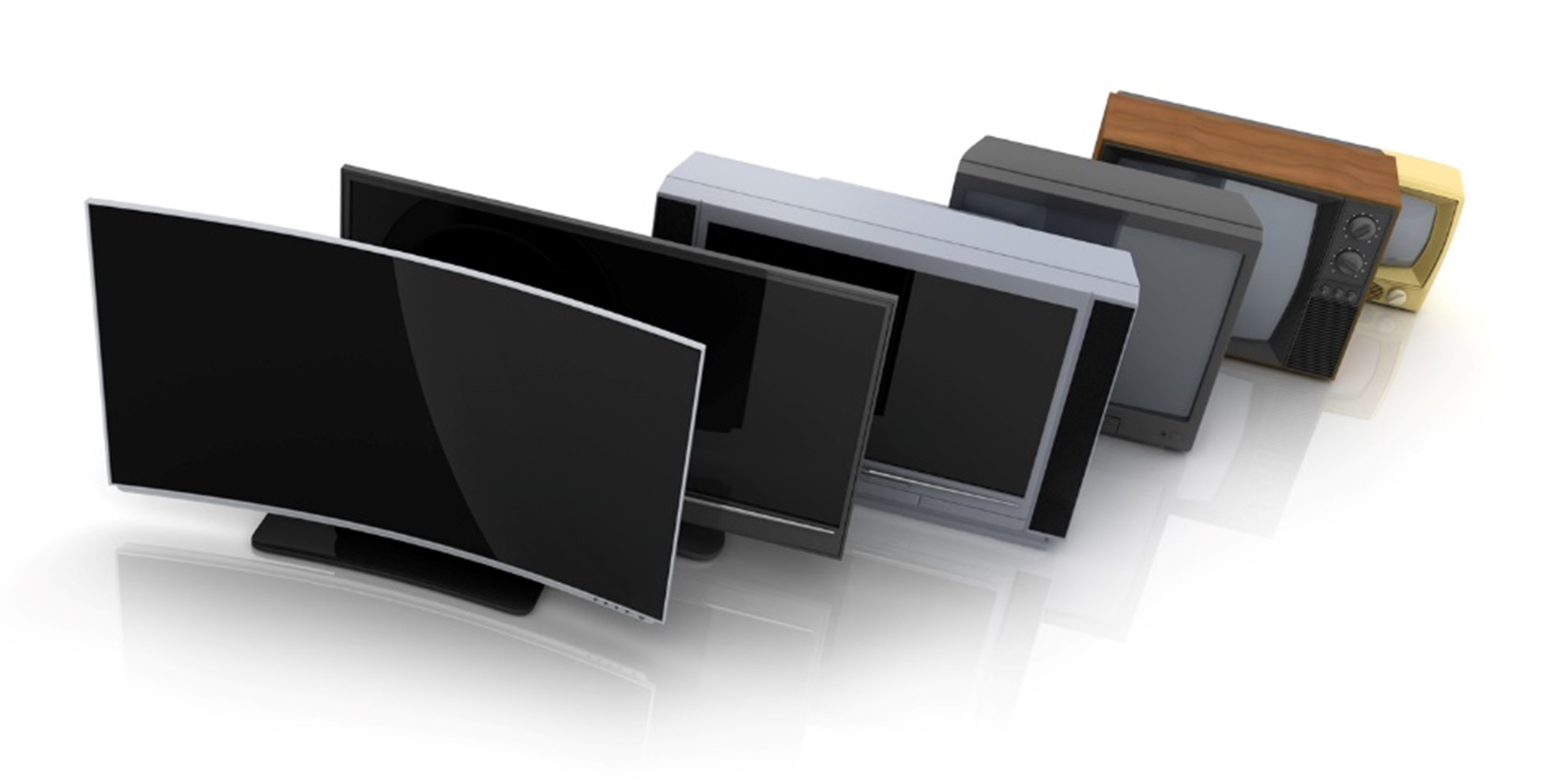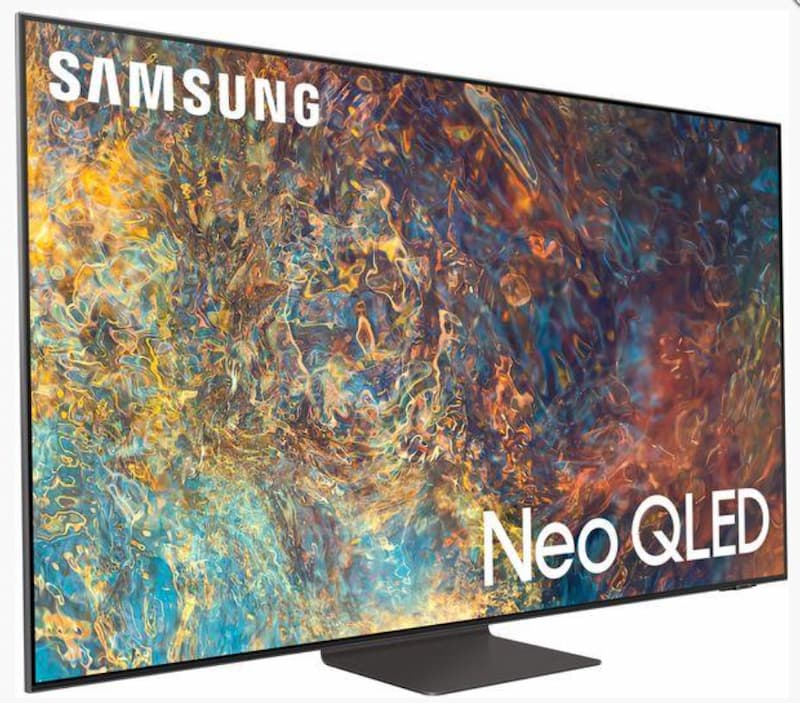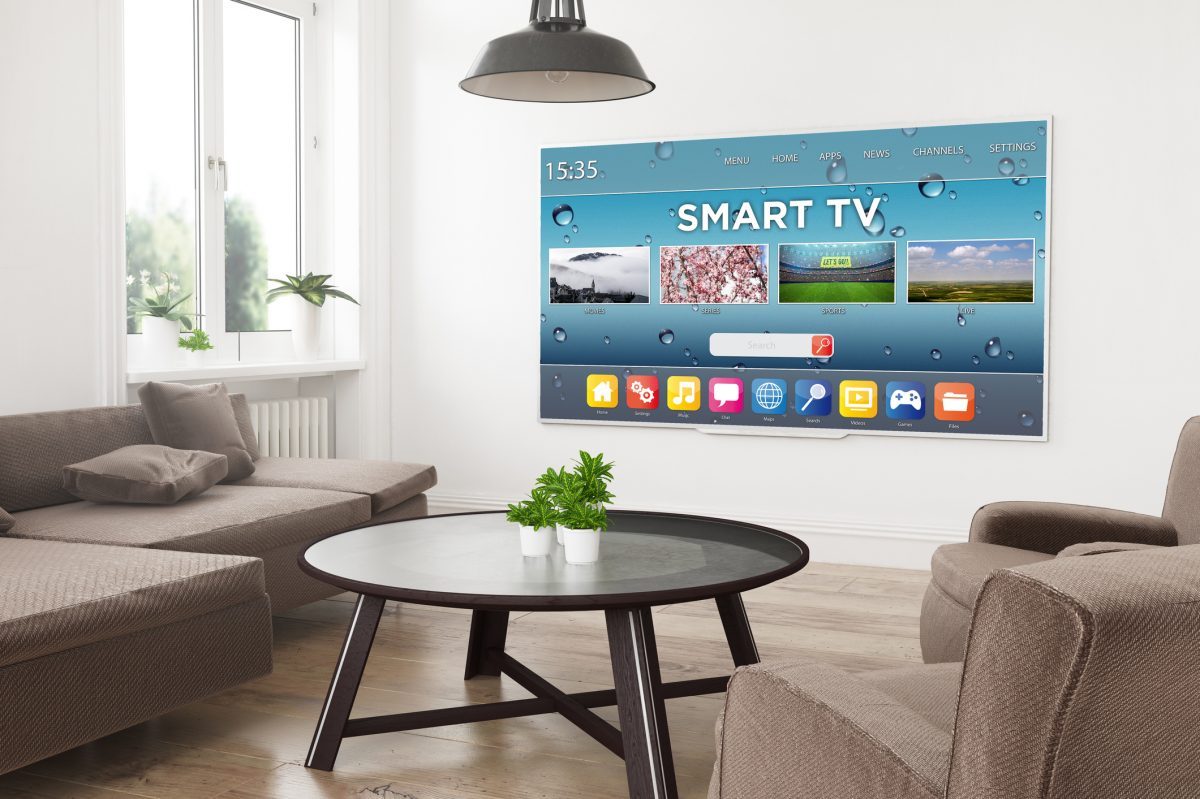So you’ve decided that a new television is a great idea (of course it is), but this is a big decision – and while our cheap TV deals are unmatched, televisions are still some heavy hardware, so the one you buy, you want it to stay with you for some years to come.
2015 has been a big year for televisions – we’ve seen universal remotes that don’t have any buttons, voice controlled interfaces and more advanced OLED televisions. This last one in particular has gained a lot of interest in the past couple year, boasting a more eco friendly machine which revolutionises the quality of picture in televisions altogether.
When it comes to comparison with current models, people often compare OLED to LED – but what they should be measuring is how close OLED is to plasma screen televisions. Now you may be thinking ‘plasma, isn’t that a dead technology?’ – well, technically yes, but models are still available and critics have agreed that the two technologies are more closely related.
So which one is better? Which should make its way into your home when you want a new television? Let’s take a look.
OLED Televisions
As you might already know OLED stands for ‘Organic Light Emitting Diode’. While it does sound like this is only a slight variation on LED – but when you look at what lies behind the curtain, you’ll see just how different these two things are. LED in LED TVs is really just a reference to the units backlighting technology and that they are really just LED backlit LCD displays.
The same cannot be said for OLED televisions, as where an LCD filter would have to turn an individual sub-pixel on or off, OLED pixels are individually lit – this means they don’t require backlighting and filters to function.
These sub-pixels are comprised of thin layers of organic carbon-based compounds that are sandwiched between two electrodes. When electricity passes between these two electrodes, it excites the organic materials, and through what can only be called a miracle of chemistry and physics, this causes the compound to emit light.
Depending on which organic compound is used, it will either emit a blue, green or red glow – this has been making phones look great for years but is only just being used by television manufacturers.
Plasma Televisions
In comparison, plasma displays work slightly differently. Instead of using organic light and sandwiched compounds, images on a plasma screen are created by ionized gas that lights up when you run an electrical current through it.
For all the scientists among us, the magic happens when an electrode applies an electrical current to a small cell filled with a noble gas mixture. This then excites the gas, ionizing it and transforming it into glorious plasma. This plasma emits ultraviolet light – something we can’t see – but when this UV light hits a phosphor coating that lines each cell, it causes the phosphor to glow and create a light that we can see.
The colour of the glow depends on which particular phosphor the cell is coated with – the results can either be a red, blue, or green glow.
Which is Better?
So now you know what each individually are, which one comes out on top – OLED or plasma? Let’s take a look at some important features and find out.
Colour and Black Levels: OLED has a much wider colour palette than plasma, and is actually close to the DCI movie theatre standard. In terms of black however, both plasma and OLED offer greatness sine they can individually turn pixels on and off – but there is one hitch, OLED does it slightly better. The way plasma panels are constructed means that a small amount of ambient light will be refracted back to the viewer, whereas OLED doesn’t have this problem.
Power Consumption: Considering all the mentions of organic and compounds, you can probably guess that OLED televisions are the most energy efficient. This one isn’t even a close call.
Lifespan: At first, OLED suffered heavily in life span, which meant that plasma screens were top dog for a while. That was until LG cracked the secret to a long lifespan – OLED TVs now have a lifespan of over ten years, and that’s if you watch over 8 hours of television a day.
Pricing: In terms of price, you’ll find that plasma screens are much more agreeable to the average consumer. That is mainly due to the fact that plasmas can now only be found second hand but you would still be getting a high quality machine for a really good price. However, if you have the extra money to splash, an OLED wouldn’t do you wrong.
Bottom Line:
Well, when it comes down to it, it was probably a silly idea to compare these two technologies. They do have a lot of similarities, and even though plasma is considered dead as a technology – the televisions are still great and will serve you well. OLED however, is the future – the experts agree, customers agree and we agree.
OLED is still coming into its own though, and is still very expensive. So, if you’re looking for a much cheaper deal, we stock a whole range of different televisions that are not only cheap, but are to the highest quality also! For more information, contact us on 0121 327 3273 and speak to one of our friendly team members.











